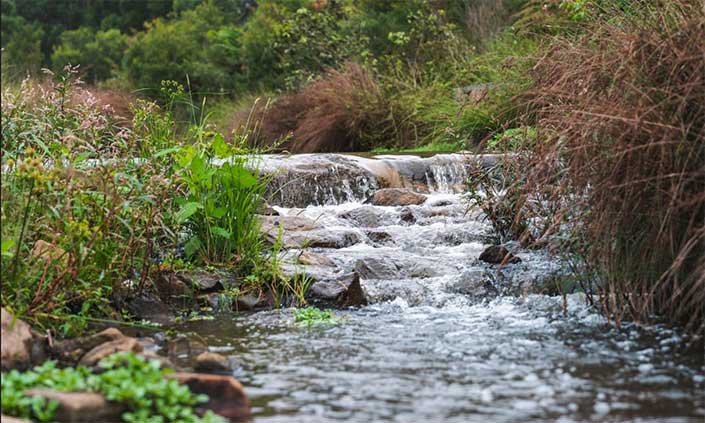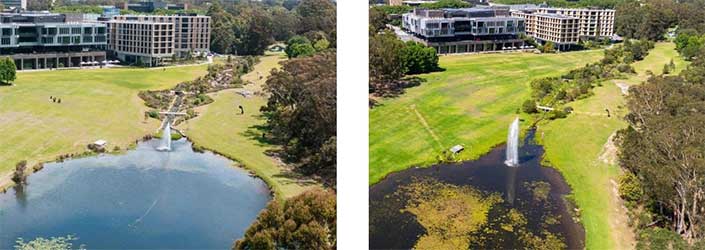MQ ranks 6th globally for campus biodiversity
Macquarie University has been recognised as Australia's best university for campus sustainability by environmental tracking platform GoE.

Ranking 6th in a list of the top 12 universities for biodiversity health, Guardians of the Earth (GoE) described Macquarie’s Wallumattagal campus habitats as “a testament to the university’s commitment to ecological balance and forward-thinking research.”
Macquarie was one of only three Australian universities that made the list, alongside University of Melbourne (10th) and James Cook University (12th).
According to GoE, the data used to generate these rankings was analysed from 18,414 students, staff, and visitors to the campuses, with more than 250,000 observations and stories, across 9,540 hectares, at more than 100 universities worldwide.
Since last year, the university has seen a spike in its rankings for biodiversity data, having documented more than 2,500 species, purportedly making Macquarie a serious contender to top the list in the future.
This in addition to the University’s efforts to embed Indigenous knowledges and connection to country through the local Dharug community has further demonstrated Macquarie’s value as a living lab for environmental conservation, education and research.
A clean and thriving ecosystem
A core initiative behind Macquarie’s vibrant campus ecosystem is the Mars Creek rehabilitation project, which has made a significant positive impact on the water quality and habitat of the creek and the Lane Cove National Park downstream.
This vibrant ecosystem is now home to more than 70 species of birds, reptiles, frogs and mammals, along with numerous insect species, with project teams witnessing the return of wildlife including the eastern short-necked turtle and native birds like fairy wrens and, recently, a pair of black swans.
To maintain this thriving environment and ensure its continued health, several measures have been established such as the creation of riparian zones along the creek; the installation of a stormwater gross pollutant trap (GPT) to prevent the flow of sediment and litter into the waterway; and the planting of more than 60,000 native plants.
“Approximately 70 per cent of the riparian zones on campus have been planted with native plants, which not only provide essential habitat for wildlife but also act as a buffer, reducing the impact of flooding by slowing peak water flow,” says John Macris, Biodiversity Adviser for MQ Property.

Image above: Mars Creek December 2021 (left) and November 2024 (right).
“These vegetated buffer zones enhance soil infiltration, which also helps replenish the water table and maintain creek flow during dry periods.”
World-leading research
Nicole Marchhart, Head of Sustainability at Macquarie, says the Mars Creek project highlights our commitment to caring for our campus waterways and the world-leading research in environmental sustainability, recognised last year in the Times Higher Education (THE) Impact Rankings 2024.
“This achievement underscores our commitment to environmental stewardship and the importance of maintaining biodiversity for future generations,” says Marchart.
“As a community, it is important to continue to keep our waterways and creeks clean and beautiful for us and the wildlife to enjoy. This will ensure long-term sustainability and maintain biodiversity, creating a thriving environment for all for future generations.”
Level 2, 18 Wally's Walk
Macquarie University NSW 2109